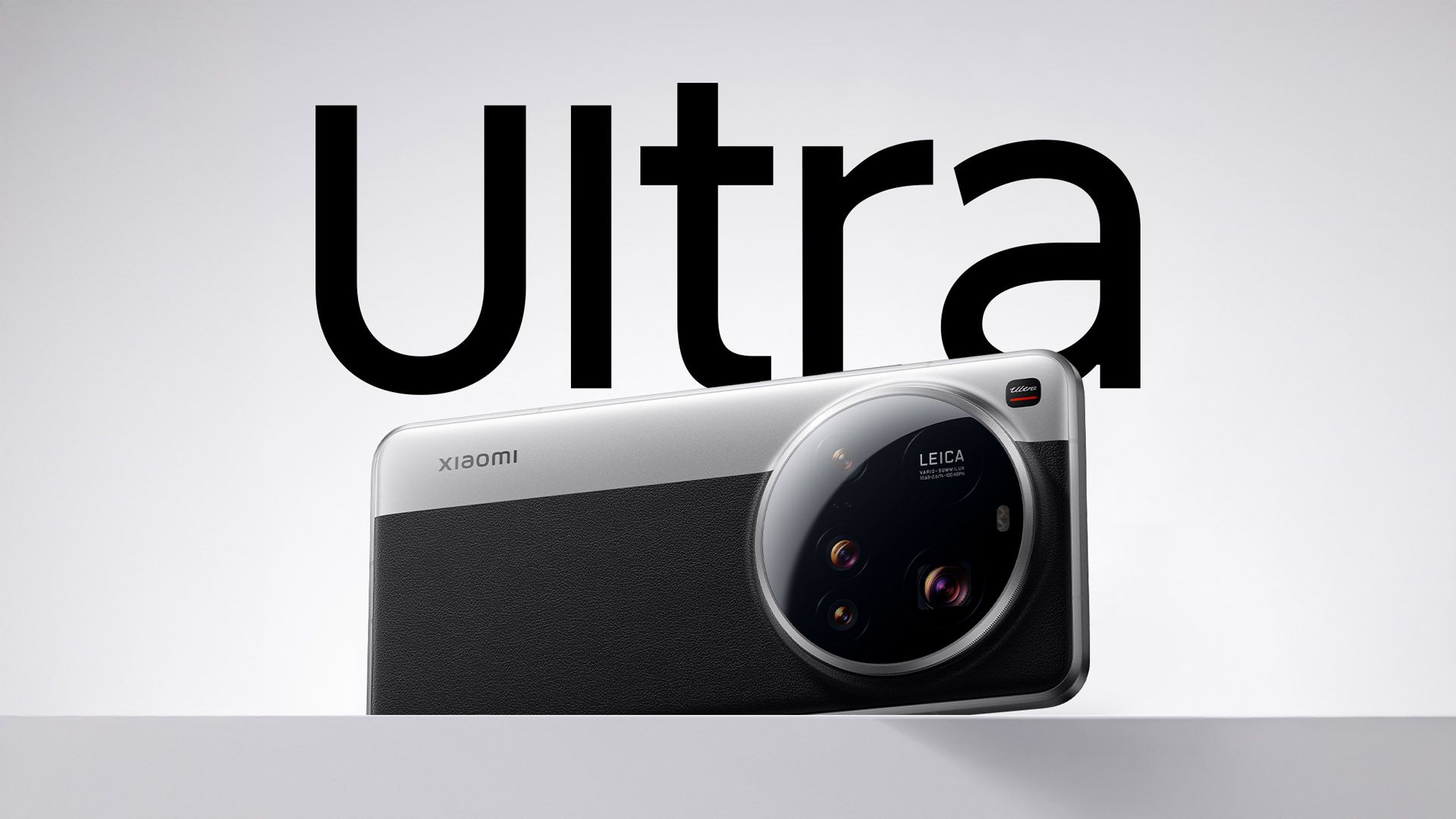Summary
- Xiaomi has launched the Xring O1 chip to compete with high-end SoCs like Snapdragon and Apple chips.
- Xring O1 features a unique deca-core configuration with impressive benchmark scores claimed by Xiaomi.
- Consumers outside of regions where Xiaomi products are sold will need to import devices to try the new chip.
The list of companies making SoCs for Android phones is a small but healthy one. We have Qualcomm, MediaTek and Samsung (also Google, though that’s still kind of Samsung for the time being since its chips are made by Samsung). Now, there’s a new player in town—though you might not ever be able to check it out.
Xiaomi has launched its entry, or rather re-entry, into the smartphone SoC landscape with a brand-new “flagship” chip, the Xring O1. We say “re-entry” because this is something Xiaomi tried, and failed, in the past. Some of you might remember the Surge S1, released back in 2017. That was a mid-range chip that was used in one single phone, the Xiaomi Mi 5c, and didn’t have a lot of redeeming qualities otherwise. The Xring O1, however, is being made as a high-end “flagship” chip, manufactured using a second-generation 3nm process. With this chip, Xiaomi intends to compete with Qualcomm’s Snapdragon 8 Elite, MediaTek’s Dimensity 9400, and Apple’s A-series chips, all high-end offerings used in phones ranging from $700 to over $1,000.

Related
This Phone Is More Camera Than Phone
That’s huge.
As far as actual silicon goes, the Xring O1 features a deca-core configuration, something we haven’t actually seen a lot in the Android ecosystem so far. We have two Arm Cortex-X925 prime cores clocked at 3.9GHz, and four additional performance cores running at 3.4GHz. As usual, we have an efficiency cluster taking care of less demanding background tasks, which includes two cores at 1.9GHz and another two at 1.8GHz. For graphics, there’s a 16-core Immortalis-G925 GPU.
Xiaomi has shared a claimed AnTuTu benchmark score exceeding three million for a phone powered by the Xring O1, which means it should feature similar benchmark scores to the chips it’s trying to compete with. Though as I always say whenever I have to write about benchmark numbers, you should take them with a grain of salt—benchmark scores only tell part of the story, but real-world performance has many variables, so we’ll only know that part whenever someone gets their hands on a phone powered with this chip. (Also, Xiaomi has been caught cheating on benchmarks in the past.)
I’m not saying this chip won’t be good, but we’ll have to wait and see. Since this is a first-generation product, I would wait until a successor is out before jumping to any conclusions or doing any harsh judgement. This SoC will be featured on the Xiaomi 15S Pro and the Xiaomi Pad 7 Ultra, two products that won’t see the light of day in the US, so the only way for you to actually check this out is to import this and potentially eat any tariffs that might be attached.
Source: Xiaomi via The Verge


:max_bytes(150000):strip_icc()/Manopeninggiftsurprisedwithbadge-76c6652575f34638927fbc756e9a7afd.jpg?w=1174&resize=1174,862&ssl=1)


:max_bytes(150000):strip_icc()/z-fold-7-samsung-a97661ef66d0433ebfcc186cc1970804.jpg?w=1174&resize=1174,862&ssl=1)

Leave a Comment
Your email address will not be published. Required fields are marked *